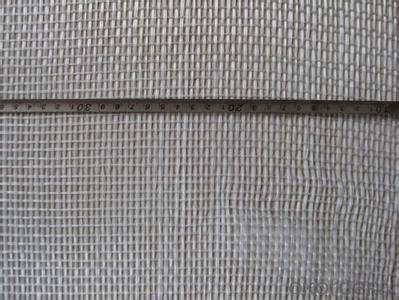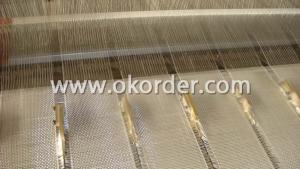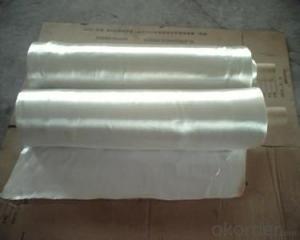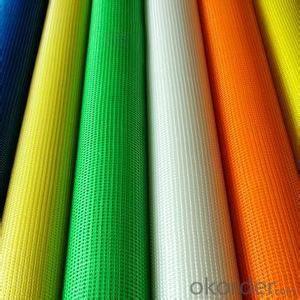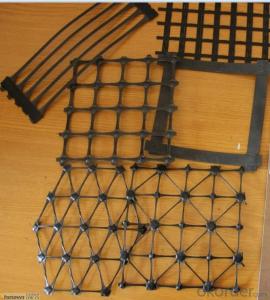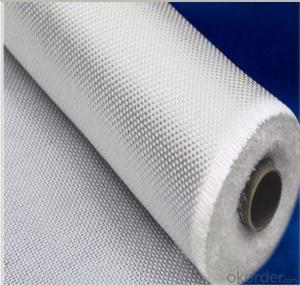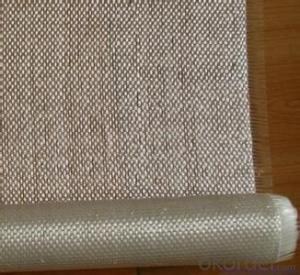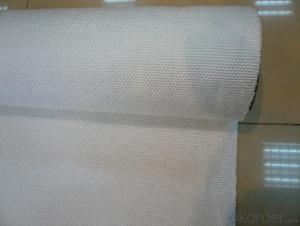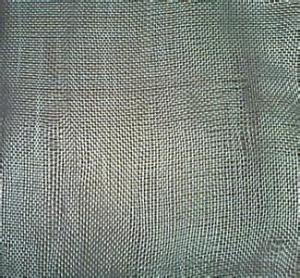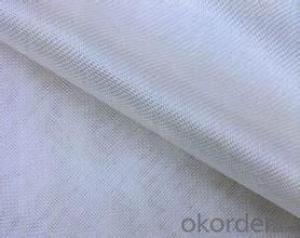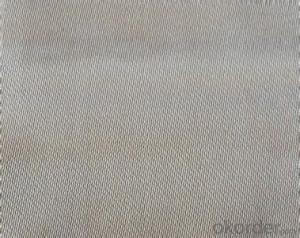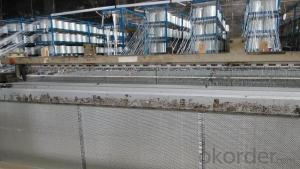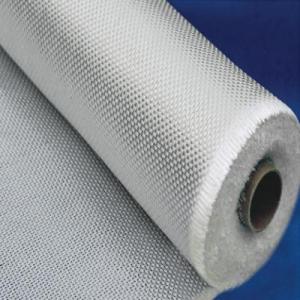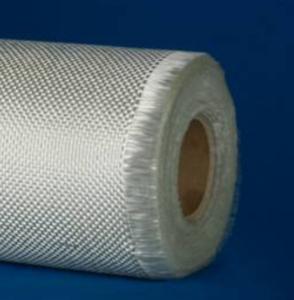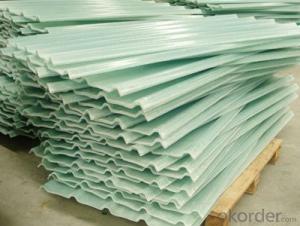High Quality China Insulation High Silica Fiberglass Fabrics
- Loading Port:
- China Main Port
- Payment Terms:
- TT OR LC
- Min Order Qty:
- -
- Supply Capability:
- -
OKorder Service Pledge
OKorder Financial Service
You Might Also Like
Packaging & Delivery
| Packaging Detail: | standard export packaging |
| Delivery Detail: | ASAP |
Specifications
Fiberglass cloth/ fabric/ woven roving
1.high performance
2.good and rapid resin soaking
3.usd for making vechile,furnitur
Fiberglass cloth/ fabric/ woven roving
1. Usage and ingredient
E-glass woven roving is a schistose double faces reinforcement fabric that is weaved into from roving in directly.
E-glass fiber fabric (thin fabrics with thickness from 0.025 to 0.09mm) is suitable for electrical isolation mica product, wax cloth as the reinforcement materials.
E-glass woven roving applys to all kinds of polyester reinforcement system, (such as unsaturated polyester resin, vinylite,epoxy resin and phenolic resin.
E-glass woven roving is a high performance reinforcement material. It is widely used in hand lay-up and machinery processing products, (such as vessel, container, airplane and vehicle component, furniture, athletic facilities and other industry.
2. Feature
Warp and weft yarns are parallel arrangement as flat situation, with uniform tension;
Fiber is aligned with large consistency, stable and easy operation;
Good moldability, fast and complete wet out in resins, resulting in high productivity;
Good transparency and high strength of composite products.
- Q: What are the different fiberglass fabric finishes for abrasion resistance?
- There are several different fiberglass fabric finishes that are specifically designed to enhance abrasion resistance. These finishes are applied to the fabric during the manufacturing process and serve to improve the fabric's durability and resistance to wear and tear. One commonly used fiberglass fabric finish for abrasion resistance is a silicone coating. This coating forms a protective layer on the fabric's surface, making it more resistant to abrasion and ensuring a longer lifespan. Silicone-coated fiberglass fabrics are often used in applications where high levels of abrasion are expected, such as conveyor belts and industrial curtains. Another popular finish for abrasion resistance is a PVC coating. This type of coating provides a strong barrier against friction and wear, making the fabric more resistant to tears, punctures, and other forms of damage. PVC-coated fiberglass fabrics are commonly used in applications such as protective clothing, tents, and covers for machinery and equipment. In addition to silicone and PVC coatings, there are also other finishes available for enhancing abrasion resistance in fiberglass fabrics. For example, some fabrics may be treated with a polyurethane coating, which provides similar benefits to silicone and PVC coatings. Other finishes may include chemical treatments or laminations that offer improved abrasion resistance. Ultimately, the choice of fiberglass fabric finish for abrasion resistance will depend on the specific application and the level of protection required. Manufacturers and users of fiberglass fabrics should carefully consider the intended use and the potential wear and tear that the fabric may encounter in order to select the most appropriate finish for their needs.
- Q: How does fiberglass fabric handle oil and grease?
- Fiberglass fabric is highly resistant to oil and grease. It does not absorb them easily, making it an ideal material for use in environments where oil and grease are present. The smooth surface of fiberglass fabric allows oil and grease to be easily wiped off, ensuring its durability and longevity.
- Q: What are the different fabric coatings available for fiberglass fabric?
- There are several different fabric coatings available for fiberglass fabric, including silicone rubber, polyurethane, vinyl, acrylic, and PTFE (Teflon). These coatings provide various benefits such as increased flexibility, abrasion resistance, heat resistance, chemical resistance, and waterproofing properties.
- Q: What are the electrical properties of fiberglass fabric?
- Fiberglass fabric is known for its excellent electrical insulating properties. It is a non-conductive material, meaning it does not easily allow the flow of electrical current. This property makes it suitable for various electrical applications where insulation is required. Fiberglass fabric can withstand high temperatures without losing its insulating properties, making it ideal for use in electrical insulation blankets, tape, sleeves, and other protective covers. Additionally, fiberglass fabric has a high dielectric strength, which refers to its ability to withstand high voltage without breaking down. This property is crucial in applications where the material is exposed to high electric fields, such as in transformers, motors, and generators. Furthermore, fiberglass fabric has low moisture absorption, which helps maintain its electrical insulating properties even in humid conditions. Moisture can affect the dielectric strength of materials, but fiberglass fabric's resistance to water absorption ensures its reliability as an insulating material. In summary, the electrical properties of fiberglass fabric include high electrical insulation, high dielectric strength, and low moisture absorption, making it a preferred choice for a wide range of electrical applications.
- Q: What are the different fiberglass fabric finishes for chemical resistance?
- Various fiberglass fabric finishes are available to provide chemical resistance. These finishes are specifically designed to safeguard the fiberglass fabric against the detrimental effects of different chemicals, rendering it suitable for use in industries where exposure to corrosive substances is prevalent. Some of the options for chemical-resistant fiberglass fabric finishes are as follows: 1. Vinyl Finish: By applying a coating of vinyl resin to the fiberglass fabric, this finish ensures exceptional chemical resistance. Vinyl is renowned for its ability to withstand a wide range of chemicals, including acids, alkalis, oils, and solvents. The vinyl finish acts as a protective barrier between the fabric and the chemicals, preventing any damage or degradation. 2. Fluoropolymer Finish: Fluoropolymer finishes, such as PTFE (polytetrafluoroethylene) or FEP (fluorinated ethylene propylene), exhibit outstanding chemical resistance. These finishes create a non-stick surface that repels most chemicals, making them highly suitable for applications where the fabric may come into contact with aggressive substances. 3. Neoprene Finish: Neoprene, a synthetic rubber, is well-known for its excellent resistance to oils, acids, alkalis, and solvents. Fiberglass fabric with a neoprene finish can endure exposure to a wide array of chemicals without deteriorating or compromising its structural integrity. 4. Polyurethane Finish: Offering good chemical resistance, polyurethane finishes provide additional advantages such as enhanced abrasion resistance and flexibility. This finish is commonly utilized in applications where the fabric must endure exposure to chemicals as well as physical wear and tear. 5. Silicone Finish: Silicone finishes exhibit remarkable resistance to high temperatures and a diverse range of chemicals. They establish a protective layer on the fiberglass fabric, guarding it against chemical attack and degradation. Consequently, silicone finishes are ideal for usage in environments involving aggressive substances or extreme conditions. It is worth noting that the selection of a fiberglass fabric finish for chemical resistance depends on the specific chemicals to which it will be exposed and the operating conditions of the particular application. Seeking guidance from a knowledgeable supplier or manufacturer can assist in determining the most suitable finish for a specific chemical-resistant fiberglass fabric.
- Q: Is fiberglass fabric resistant to chemicals used in agriculture?
- Yes, fiberglass fabric is generally resistant to the chemicals used in agriculture.
- Q: What are the different weaves available for fiberglass fabric?
- There are several different weaves available for fiberglass fabric, each with its own unique characteristics and uses. Some of the most common weaves include plain weave, twill weave, satin weave, and leno weave. Plain weave is the simplest and most common weave used for fiberglass fabric. It is characterized by an equal number of warp and weft yarns crossing over and under each other in a simple over-under pattern. This weave creates a strong and balanced fabric with good stability and durability. Twill weave is another popular option for fiberglass fabric. In this weave, the warp and weft yarns cross over and under each other in a diagonal pattern, creating a distinctive diagonal ribbing effect. Twill weave provides better drapability and flexibility compared to plain weave, making it suitable for applications that require greater conformability. Satin weave is a more complex weave that produces a smooth and shiny surface on the fabric. It is characterized by long floats of the warp or weft yarns, which means that fewer yarns are interlaced, resulting in a more flexible and lightweight fabric. Satin weave is often used in applications where a high-quality appearance and a soft feel are desired, such as in the production of clothing or decorative fabrics. Leno weave is a unique weave that involves twisting adjacent warp yarns around each other to create a stable and open mesh structure. This weave is commonly used for fiberglass fabrics that require high transparency and breathability, as well as for applications that involve filtration or reinforcement purposes. Overall, the choice of weave for fiberglass fabric depends on the specific requirements of the application. By considering factors such as strength, flexibility, appearance, and breathability, one can select the most suitable weave to achieve optimal performance in their desired application.
- Q: Can fiberglass fabrics be used for insulation purposes?
- Yes, fiberglass fabrics can be used for insulation purposes.
- Q: What are the main properties of fiberglass fabric?
- The main properties of fiberglass fabric include high tensile strength, excellent heat resistance, good dimensional stability, and strong chemical resistance. It is also lightweight, durable, and has low thermal conductivity. Additionally, fiberglass fabric is non-flammable and provides good insulation properties.
- Q: What is Teflon?
- Teflon English called Polytetrafluoroetylene, referred to as Teflon, PTFE and F4. High performance special Teflon coating is fluorine coating resin with polytetrafluoroethylene, English name for Teflon, because the pronunciation of the reason, is usually known as Teflon molecular image
Send your message to us
High Quality China Insulation High Silica Fiberglass Fabrics
- Loading Port:
- China Main Port
- Payment Terms:
- TT OR LC
- Min Order Qty:
- -
- Supply Capability:
- -
OKorder Service Pledge
OKorder Financial Service
Similar products
Hot products
Hot Searches
Related keywords

